The Ministry of Health has just submitted a plan to rearrange and reorganize the system of public service units in the health sector, based on the spirit of innovation and streamlining the administrative apparatus according to Resolution 18-NQ/TW of the Central Committee.
The Ministry of Health proposed to maintain the management model under the Ministry for many medical facilities, while merging or transferring some units to localities and medical training facilities.
The aim of these adjustments is to increase efficiency and improve the quality of medical work.
Transfer 13 units to local areas, reorganize 11 units
As of October 2017, the Ministry of Health had 83 affiliated public service units (including 3 affiliated public service units serving the state management function of the Ministry of Health as prescribed in Decree No. 75/2017/ND-CP).
From 2017 to 2025, the Ministry has been restructuring the system, including transferring 3 affiliated hospitals to local levels, merging and reorganizing 4 focal points. Accordingly, merging the Journal of Practical Medicine and the Journal of Pharmacy into the Journal of Medicine and Pharmacy; merging the College of Medical Equipment Engineering under the Ministry of Health into the Viet Duc Friendship Hospital into the Viet Duc College of Medicine and Equipment under the Viet Duc Friendship Hospital; merging the Journal of Medicine and Pharmacy into the National Health Information Center; transferring the Central Hospital 71 and the Central Nursing and Rehabilitation Hospital to the Hanoi Medical University.
The Ministry of Health currently directly manages 90 units (including 4 hospitals that will be handed over in 2025), including: the agency serving state management has 3 institutes; the medical examination and treatment sector has 35 hospitals; the prevention sector: 11 units; the training sector: 12 units (including 1 college); the inspection and testing sector: 5 units; the medical equipment, pharmaceuticals and vaccines biological products sector has 3 units; the Forensic and Forensic Psychiatric sectors: 8 units (3 institutes, 5 centers) and the central agencies and organizations.
The Ministry of Health proposed a plan to reorganize and arrange: including transferring 13 units to local areas; reorganizing 11 units.
Regarding the SOS Vietnam System, the Ministry of Health proposed transferring 17 SOS Villages and 25 schools in the SOS Children's Villages Vietnam system to the locality to reorganize 1 unit after completing the handover of units under the SOS Vietnam System to local management (SOS Vietnam Office).
25 hospitals continue to be under the Ministry of Health
According to the plan proposed by the Ministry of Health, many medical facilities will maintain the management model under the Ministry of Health, some will merge or transfer to localities and medical training facilities to increase exploitation efficiency.
Specifically, among the 39 hospitals under the Ministry of Health, the Ministry proposed that 25 hospitals continue to be under the Ministry, including: Can Tho General Hospital, Da Nang C Hospital, Bach Mai Hospital, Friendship Hospital, Central Acupuncture Hospital, Central Dermatology Hospital, K Hospital, Central Geriatric Hospital, Central Eye Hospital, Central Children's Hospital, Central Tropical Hospital, Central Endocrinology Hospital, Central Lung Hospital, Central Obstetrics Hospital, Hanoi Central Hospital of Odonto-Stomatology, Central ENT Hospital, Central Mental Hospital 1, Viet Duc Friendship Hospital, Central Hospital of Traditional Medicine, Central Institute of Hematology and Blood Transfusion, Thai Nguyen Central General Hospital, Hue Central General Hospital, Cho Ray Hospital, Thong Nhat Hospital, Ho Chi Minh City Central Hospital of Odonto-Stomatology.
The above-mentioned frontline hospitals aim to ensure a leading role in treatment, training and scientific research.
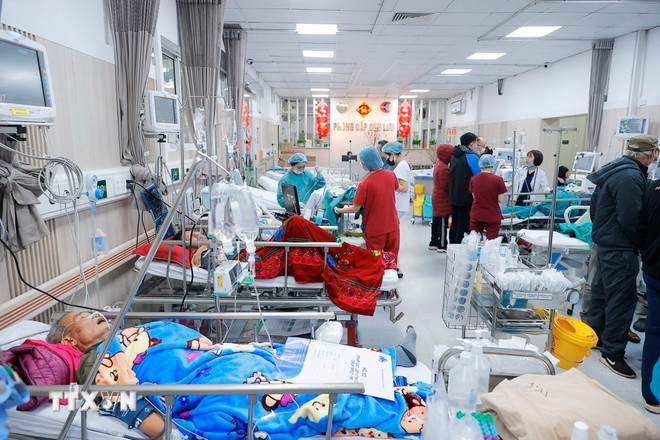
Some specialized hospitals will merge into central general hospitals or large-scale units such as Can Tho Orthopedic-Rehabilitation Hospital will merge into Can Tho General Hospital; Ho Chi Minh City Orthopedic-Rehabilitation Hospital will merge into Thong Nhat Hospital...
Many specialized hospitals are proposed to be handed over in their original state to localities in order to decentralize management and exploitation of facilities. These include the Central Psychiatric Hospital 2 (transferred to the People's Committee of Dong Nai province), the Quy Hoa Central Dermatology and Leprosy Hospital (transferred to Gia Lai province), the Central Hospital 74 (transferred to Phu Tho province) and the Quang Nam Central General Hospital (transferred to Da Nang city).
The Ministry of Health proposed that a number of hospitals be transferred to become practice hospitals for medical universities, such as the Danang Orthopedic and Rehabilitation Hospital transferred to the Danang University of Medical Technology and Pharmacy; the Central Hospital 71 and the Central Nursing and Rehabilitation Hospital transferred to the Hanoi Medical University.
Streamline the network and increase connectivity
According to the proposal of the Ministry of Health, the medical training block will continue to be maintained, but with adjustments to streamline the network and increase connectivity. In particular, Hai Phong University of Medicine and Pharmacy will receive Hai Duong University of Medical Technology. Hai Duong Central College of Pharmacy will merge into Hanoi University of Pharmacy.
Key universities such as Hanoi Medical University, Ho Chi Minh City University of Medicine and Pharmacy, Can Tho University of Medicine and Pharmacy, Nam Dinh University of Nursing... are still under the Ministry of Health.
These proposed plans are built according to a suitable roadmap to ensure succession, avoid disruption of professional activities and best serve the people.
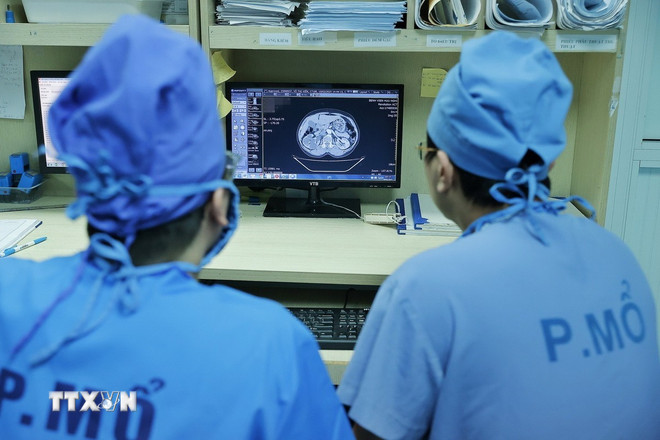
The Institute of Nutrition, the Institute of Occupational and Environmental Health and the Central Institute of Malaria, Parasitology and Entomology will be merged into the Central Institute of Hygiene and Epidemiology.
In the South, the Ho Chi Minh City Institute of Malaria, Parasitology and Entomology and the Ho Chi Minh City Institute of Public Health merged into the Ho Chi Minh City Pasteur Institute.
Regarding the Inspection, Testing and Equipment, Pharmaceuticals, Food and Vaccines Medical Biologicals Block, the Ministry of Health proposes to continue to be a unit under the Ministry of Health due to the specific nature of each unit, and at the same time, research to arrange and restructure the internal organization of the units to ensure effective operations.
Regarding the Forensic and Forensic Psychiatric sectors, the Ministry of Health said it is directly managing 8 units in this group. The units performing the tasks of forensic psychiatric examination have basically ensured consistency according to the Law on Judicial Examination. The Ministry of Health proposed to amend the Law on Judicial Examination and transfer the 5 Centers to local management.
At the same time, the Ministry of Health proposed to reorganize the disease prevention sector to build a strong focal point for national preventive medicine. According to the proposal, the National Institute of Hygiene and Epidemiology will continue to be under the Ministry of Health and at the same time become the focal point to perform the functions of the central CDC.
Reorganize the hospital system and improve the quality of primary health care
Previously, on September 21, 2025, Permanent Deputy Prime Minister Nguyen Hoa Binh, Deputy Head of the Central Steering Committee summarizing Resolution 18-NQ/TW, signed and issued Plan No. 130/KH-BCĐTKNQ18 on the arrangement of public service units, state-owned enterprises and organizations in the state administrative system.
This plan is implemented to implement the directives of Resolution 18-NQ/TW, with the goal of reforming, optimizing the organizational apparatus and improving management efficiency, especially in the health sector, to better meet the health care needs of the people and carry out the country's strategic tasks.
In the health sector, the Plan clearly states to continue to arrange and transfer a number of hospitals under the Ministry of Health to provincial management. The Ministry of Health manages a number of specialized, high-tech, leading hospitals to carry out professional guidance tasks, train high-quality human resources, conduct scientific research, transfer technology, coordinate disease prevention and control, public health emergencies, natural disasters, catastrophes, and health security.
For public service units in the health sector, strictly implement Resolution No. 72-NQ/TW dated September 9, 2025 of the Politburo on a number of breakthrough solutions to strengthen the protection, care and improvement of people's health.
Strengthening the modern preventive healthcare system with sufficient capacity to monitor, provide early warning, promptly control epidemics, and proactively organize and implement disease prevention activities.
Maintain existing provincial public hospitals; promote socialization where conditions permit. Each province and city has at least one specialized hospital; a geriatric hospital or a general hospital with a geriatric department.
The plan also emphasizes the establishment of commune, ward, and special zone health stations under the People's Committees at the commune level and medical examination points on the basis of previous commune-level health stations to meet the needs of disease prevention, primary health care, and basic medical examination and treatment for people in the area.
Improve the quality and effectiveness of primary health care. Focus on perfecting the functions, tasks, and organizational structure of commune-level health stations according to the model of public service units, ensuring the provision of basic and essential services in disease prevention, primary health care, medical examination and treatment, and social care services.
Transfer the former district-level medical centers and general hospitals to the Department of Health to organize care, examination and treatment according to inter-ward and commune areas./.
Source: https://www.vietnamplus.vn/bo-y-te-de-xuat-phuong-an-sap-xep-to-chuc-lai-mot-so-don-vi-su-nghiep-cong-lap-post1069953.vnp


![[Photo] Solemn opening of the 1st Government Party Congress](https://vphoto.vietnam.vn/thumb/1200x675/vietnam/resource/IMAGE/2025/10/13/1760337945186_ndo_br_img-0787-jpg.webp)









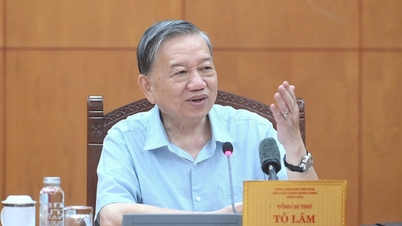



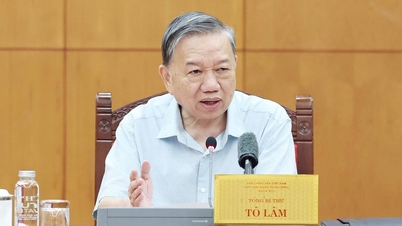

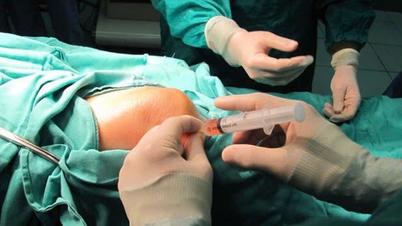




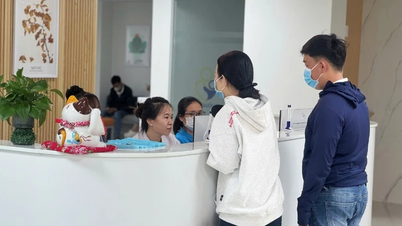

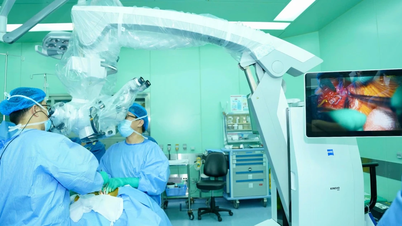











![[Photo] General Secretary To Lam attends the opening of the 1st Government Party Congress](https://vphoto.vietnam.vn/thumb/1200x675/vietnam/resource/IMAGE/2025/10/13/1760321055249_ndo_br_cover-9284-jpg.webp)





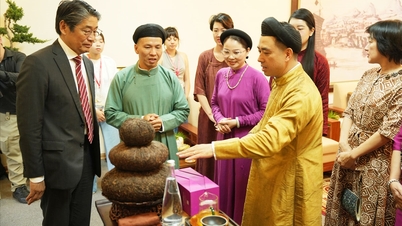






















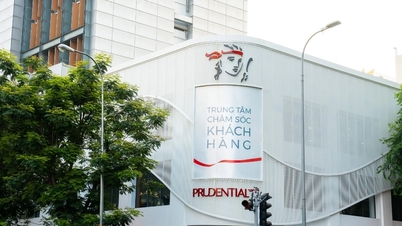















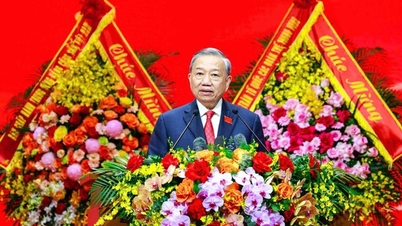

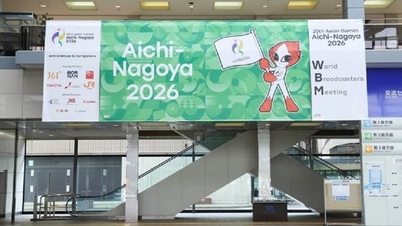


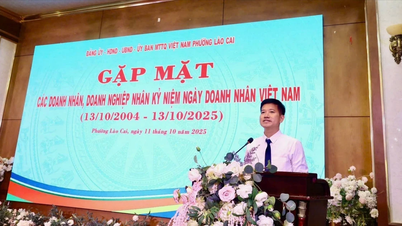



















Comment (0)